Over the course of two days, I saw two stark examples of what could easily be considered the best and worst of airline advertising messages encompassed in two ads done for domestic US-based airlines. Let’s start with the worst from United:
What makes this ad so ineffective? First of all, the call to action to experience their first and business class has almost nothing to do with the visuals and storyline of the animated character. She could just as easily be in economy class. Or on another airline. And the last thing I want to think about is all the creatures in the sea when I’m on a transcontinental flight. If I’m lucky, I won’t see any – which means my plane stayed in the air where it belongs. The beautiful animated characters and music have little relevance to our lives and have been a random choice for as long as United has been running this campaign.
The choice of Gershwin for the music has become a signature for United and most consumers would recognize it as their “theme song” – but again there is no built in message or purpose for this beyond brand awareness. And as one of the largest airlines in the United States, I think it is safe to say that awareness isn’t really what United needs in the first place. Ultimately, as a United customer, I end up watching that ad and wondering to myself what else they chose not to spend money on so they could produce this ineffective message and buy expensive media time to show it (it first aired during the Beijing Olympics).
In contrast, here’s the Southwest ad:
What makes this ad so effective? The first reason is that it is topical. At a time when most domestic US airlines have started charging passengers to check their bags, Southwest is one of the few that has not done this. The ad smartly focuses on one attribute that actually DOES set Southwest apart from their competitors: that your bags fly for free. The execution of the ad is strong as well, featuring a man who is presumably a real baggage handler smiling and generally looking happy to be taking care of your bag. The voiceover humanizes your bag – noting at one point that your bag can even bring its “little bag friends” for free. I love my bag – so I respond to that message. Chances are, you do too. At the end of the ad is a simple, yet effective call to action to pack your bag and go on that trip that you might have been planning for some time, because you’ll save money with Southwest and your bag will fly for free.
Clearly the audiences for these two spots are different. Southwest is going for the leisure traveler on domestic travel while United is targeting the business and first class crowd for international travel. Yet their different approaches underscore the shift that is taking place in marketing today. The more authentic message focused on something people actually care about will trump the artistically created piece of fluff that lacks any strong insight or message any day.
The irony, perhaps, in this post is that because I live in the Washington DC area – I travel all the time with United and rarely on Southwest. In the past I have often pointed to United as the brand that I would most like to work with because they have such a clean slate of possibility. If they could rethink their entire approach to marketing, add more personality and use social media more effectively – they could completely reinvent people’s perception of their brand.
There are some early signs that this is starting to happen – including United starting a twitter account. What it truly needs is a vision from the highest level of marketing to rethink their advertising and pour more internal support into the nacent social media activities starting within the company that have such big potential but are likely underfunded and underappreciated. In case United is listening, drop me a line … as a loyal customer and hopeful marketer, I’d be happy to help.


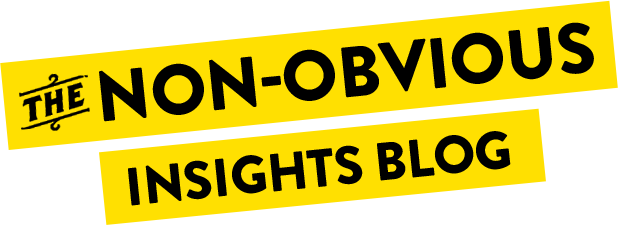




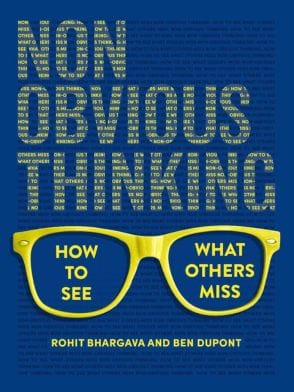

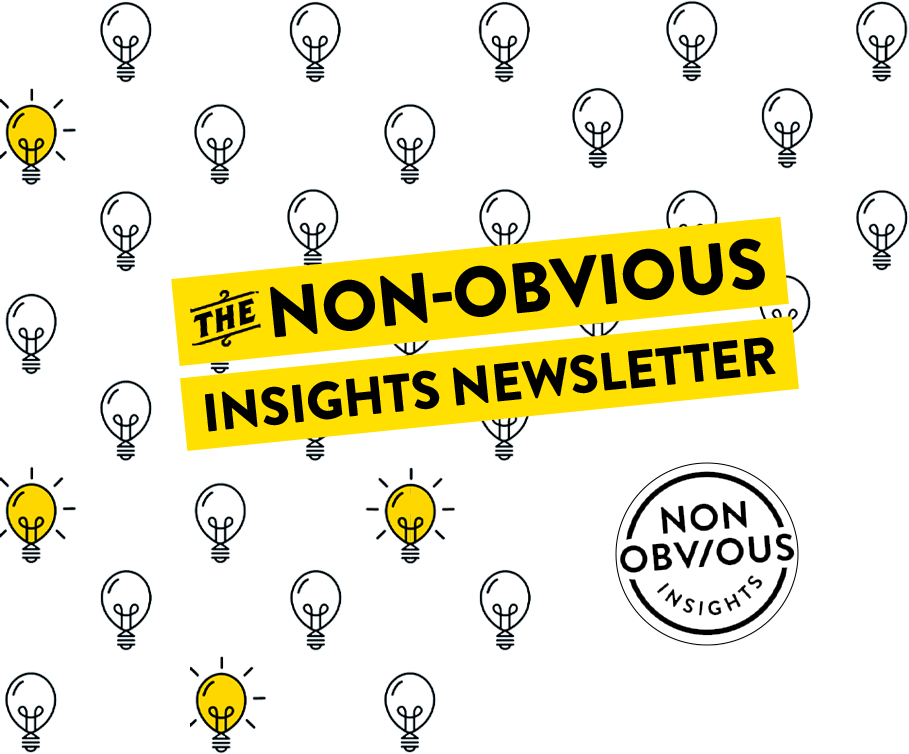



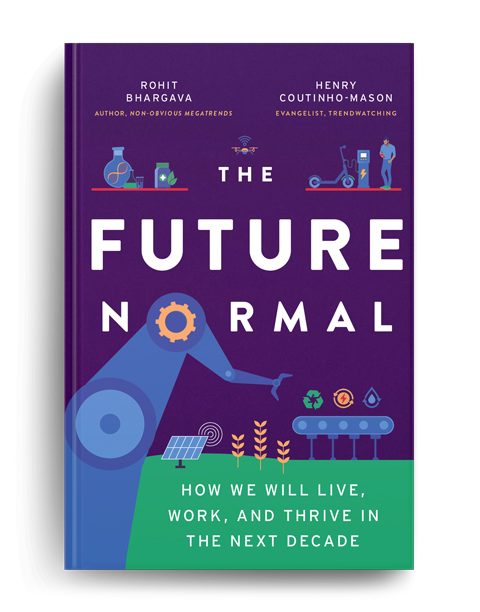
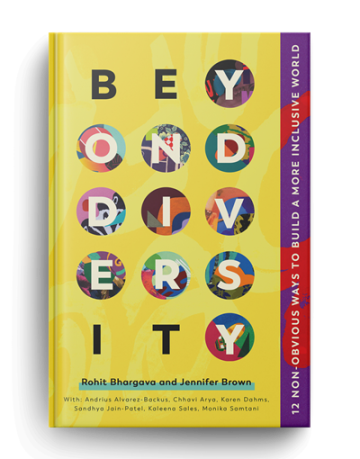
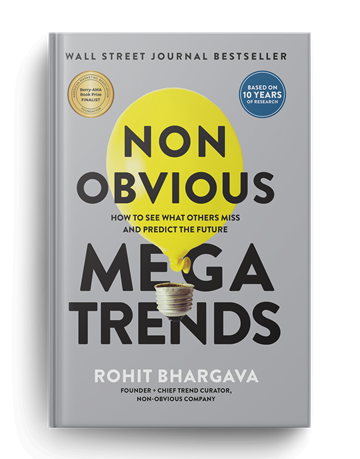
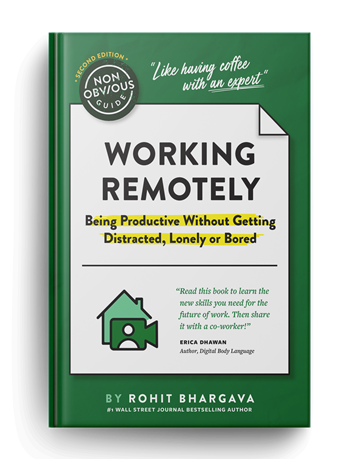
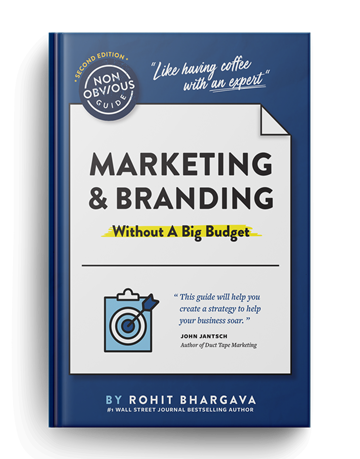
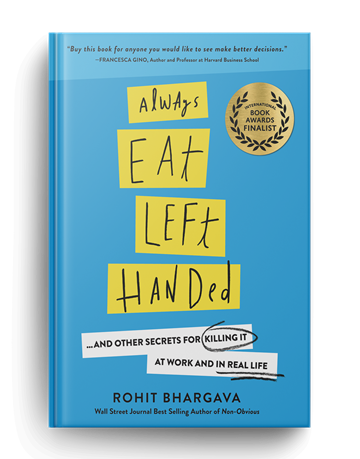
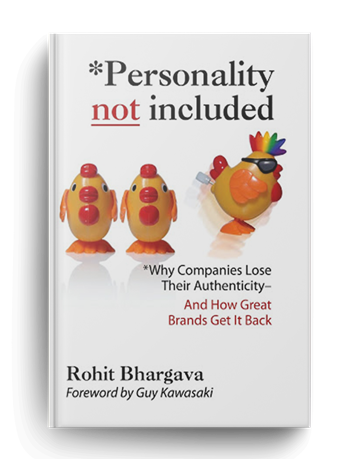
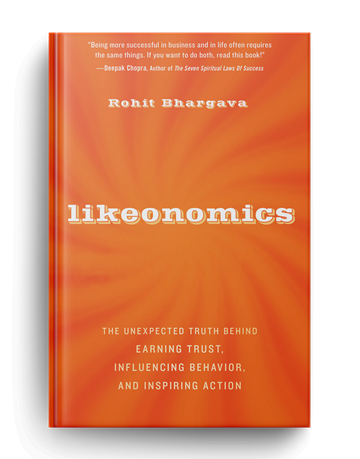

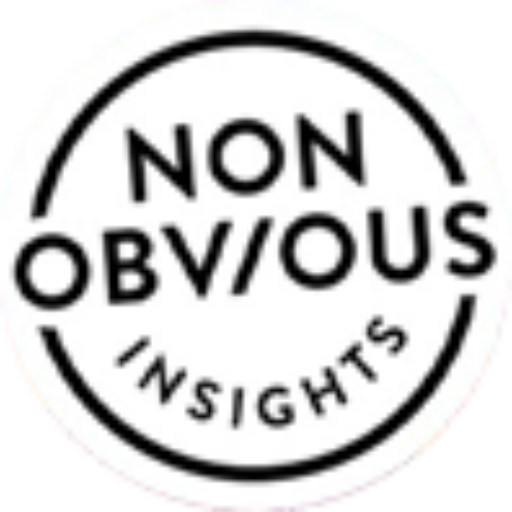
How effective is TV advertising in promoting one airline over the other when schedule, price,and loyalty are the real influencers? I don’t think that either airline should be spending any money on TV.
The thing I found most ironic is that the Southwest Ad probably cost a fraction to produce compared to the United Ad. Maybe if United followed Southwest’s lead, they wouldn’t need to charge a fee for your bags.
and you are an advertising critic…how???
interesting way to solicit new biz!
Thanks Bob. Honestly, if I could even get a chance to make a case just once to someone who runs their marketing so they could do this internally … I would do it for free. (Not that I’d turn down the real work, of course!)
i wouldn’t automatically assume that the animation cost more than the live action
Its true, we all hate paying for our bags. Its a great reminder as we do our own advertising to make sure we are talking about what the customers care about.
Dr. Wright
http://www.wrightplacetv.com
I also love the Southwest tagline: It’s on. Sounds like something a coach would say to his/her team during pre-game. It really fits in with the Southwest culture.
To Dennis’ comment, in this case Southwest is making a point that they are cheaper than other airlines not just in sticker price, but also because of their bag policy. They’re also hitting on loyalty by emphasizing they’re more customer friendly. They’re saying “Hey Southwest customers. We love you and your bag and its little bag friend.” People will remember that when they’re booking.
They’re telling you it’s cognitively easier to choose Southwest and not hunt around looking at fares, fees and other bits of non-sense. Convenience is persuasive. I say 2 out of 3 on Dennis’ consumer choice criteria is pretty darn awesome for a single commercial.
Southwest, spend away. United, talk to Rohit.
Bob – since when do you have to be an advertising critic to have an opinion? He’s speaking from the consumer’s viewpoint (his distinct speciality) and he nailed it.
Rohit – I’m pausing your conversation with Mitch Joel right now to leave my $.02. Ironically, that conversation was in an airport – go figure.
Although I agree wholeheartedly with you about which ad resonates and which one doesn’t, I think there’s a deeper issue at play than their ad agency creating fluff. When you have a crappy product – like United does – all that’s left to do is to create something that serves as a distraction from the reality of the situation.
When you have the product and service to back it up – like Southwest does – authenticity and transparency are great. When you don’t, it would be a death sentence. I think the marketers at United would probably tell you the same thing. I’m sure they are very intelligent people – with one or two hands tied behind their backs.
Many big brands often come up with crappy ads! Is it because top ad agencies are promoting such thoughtless stuff?